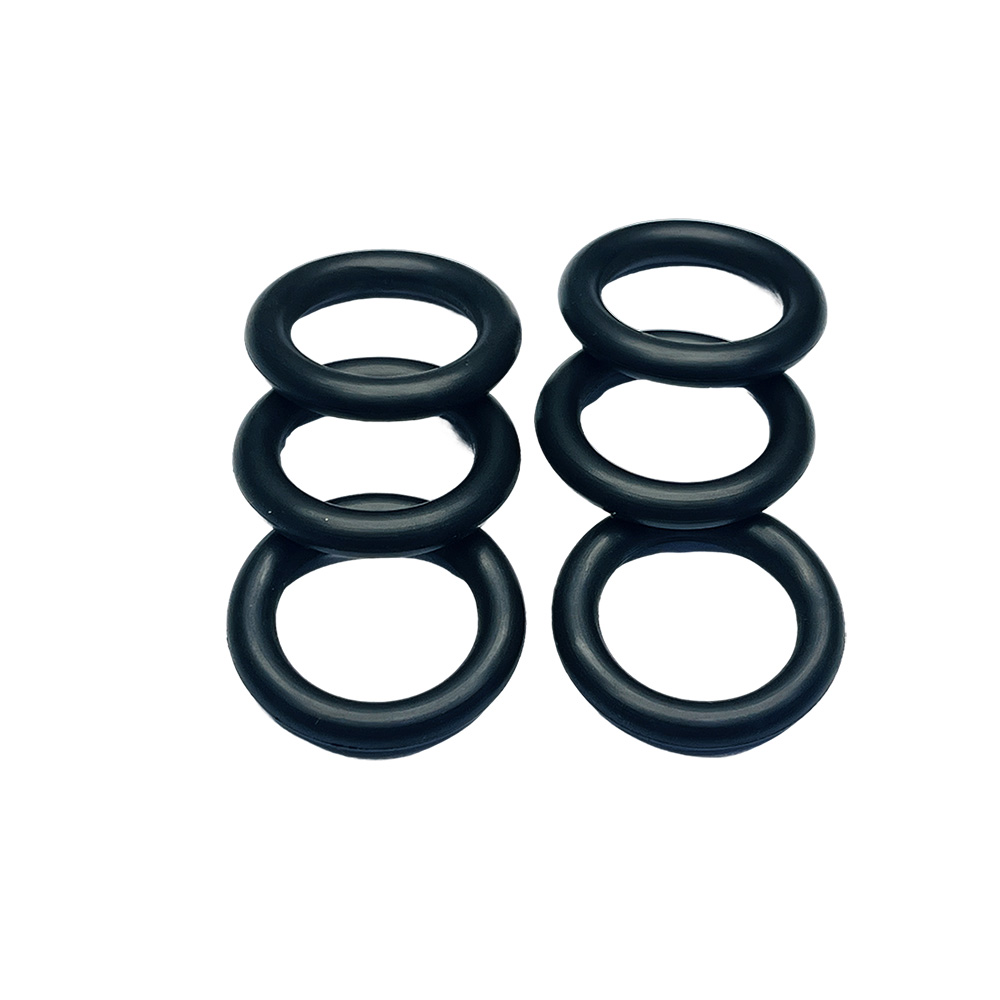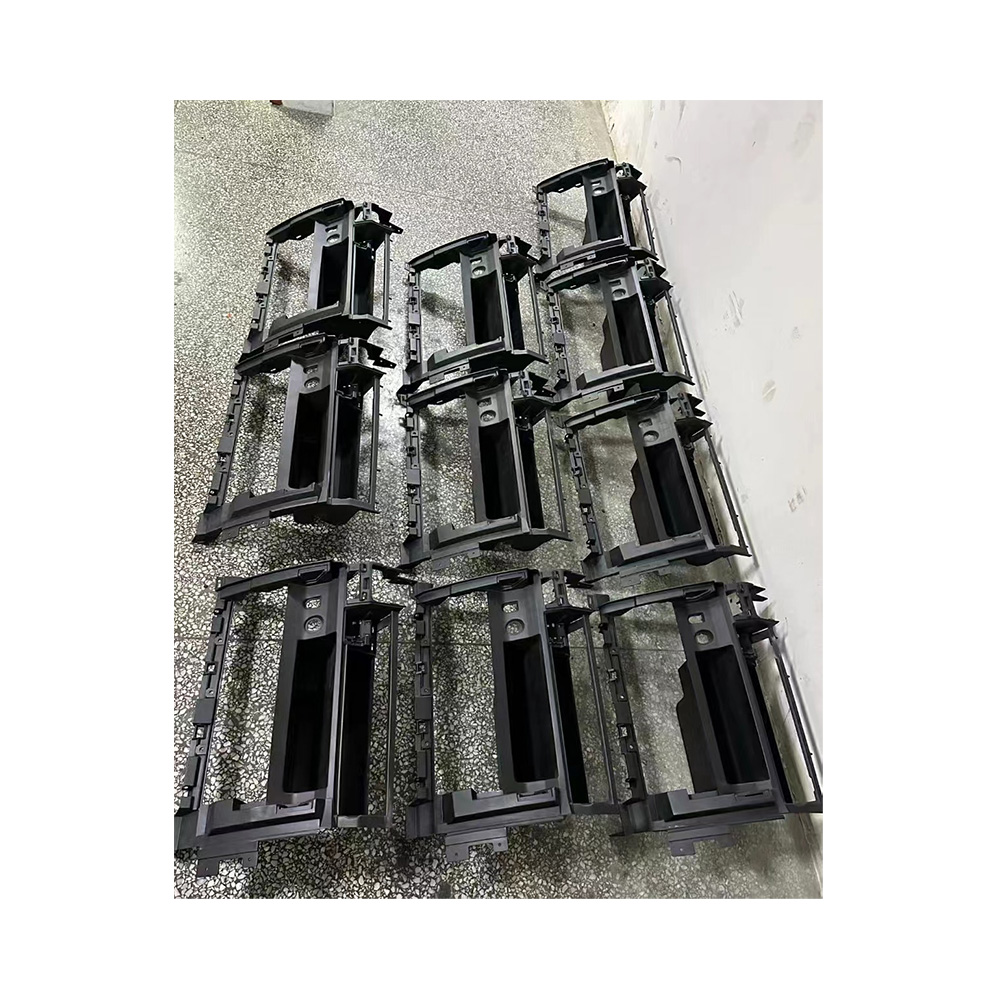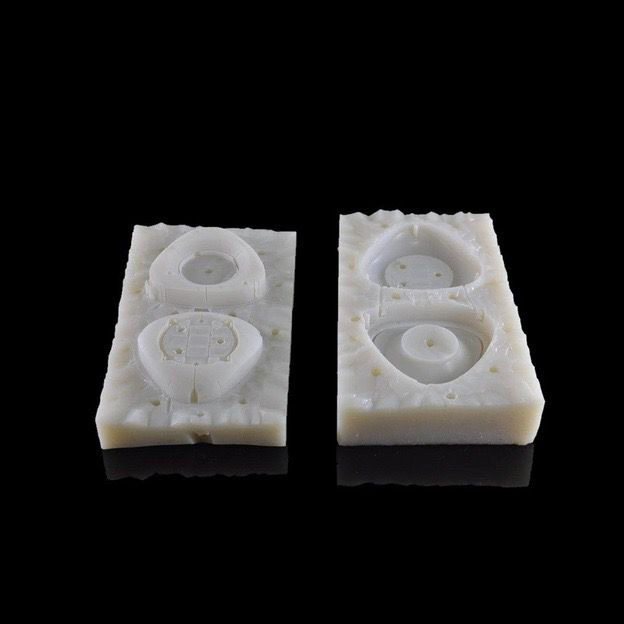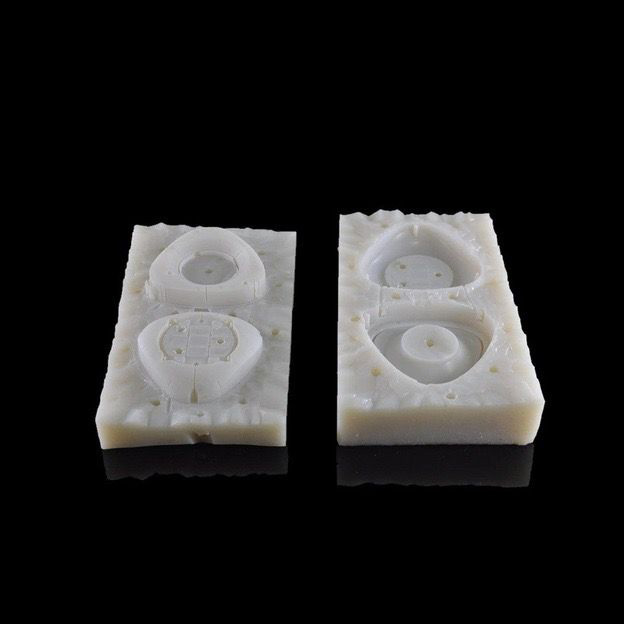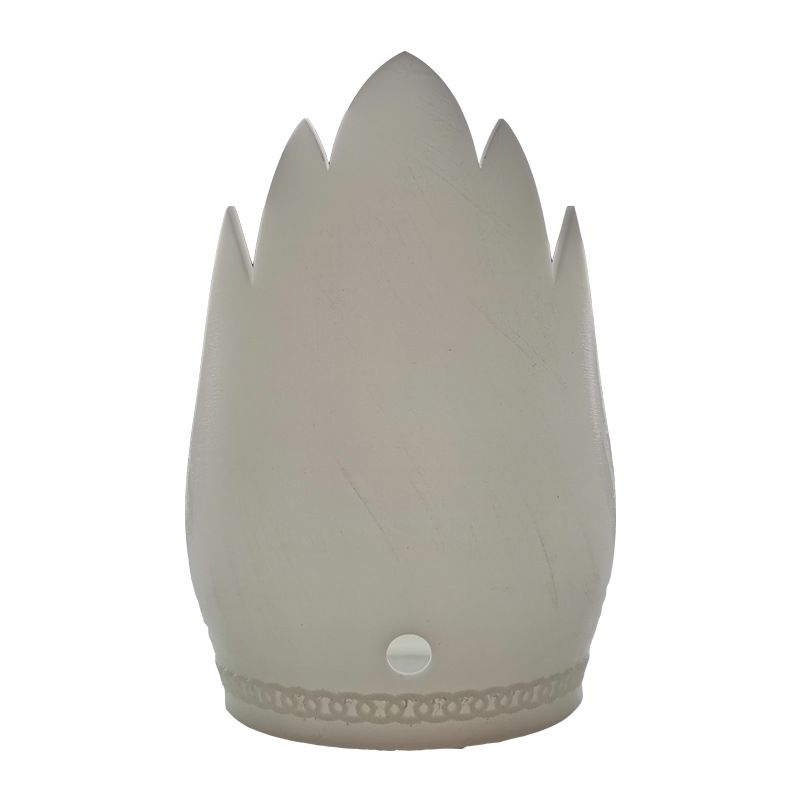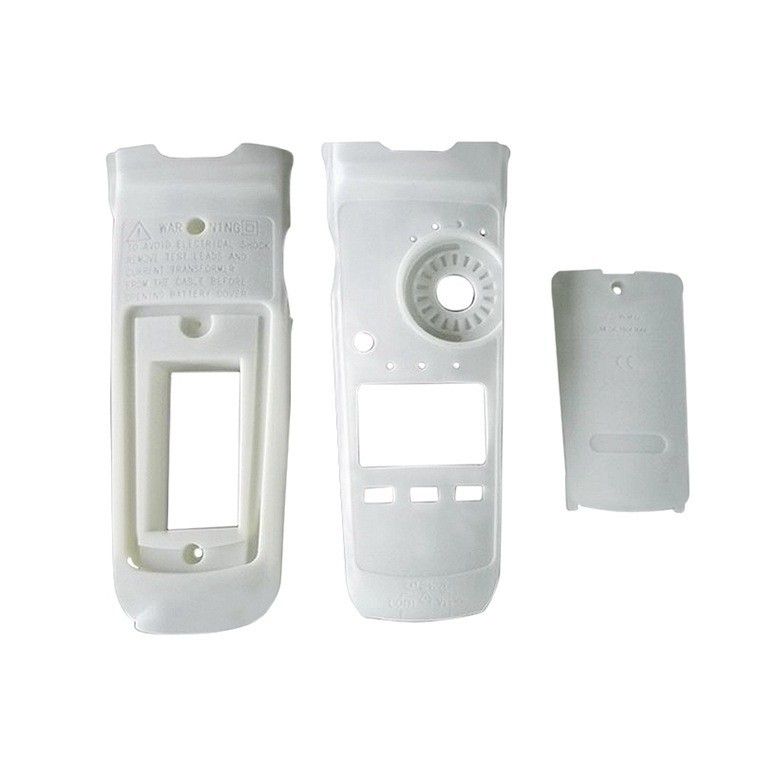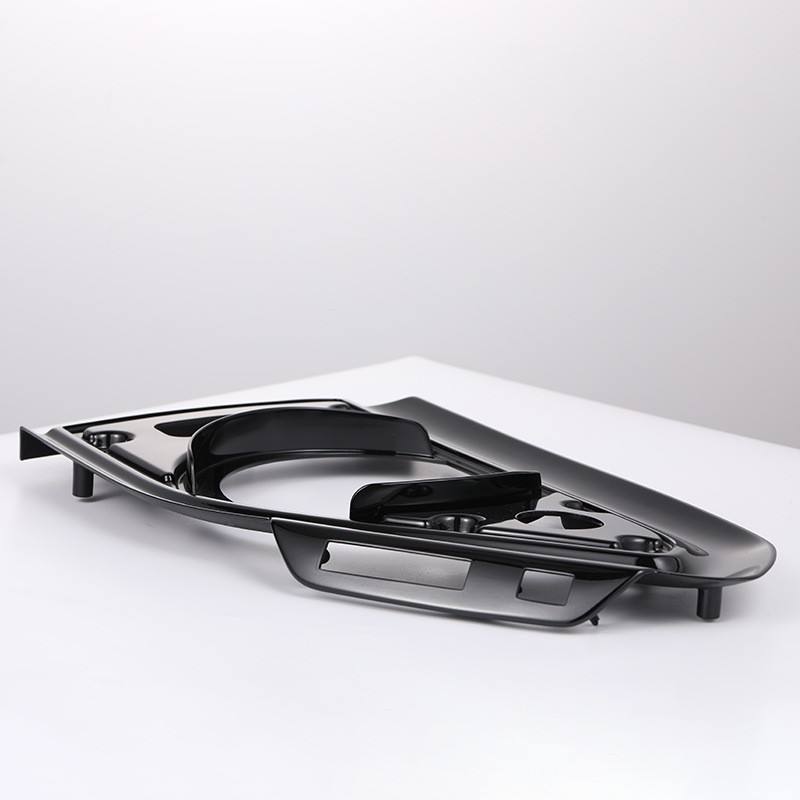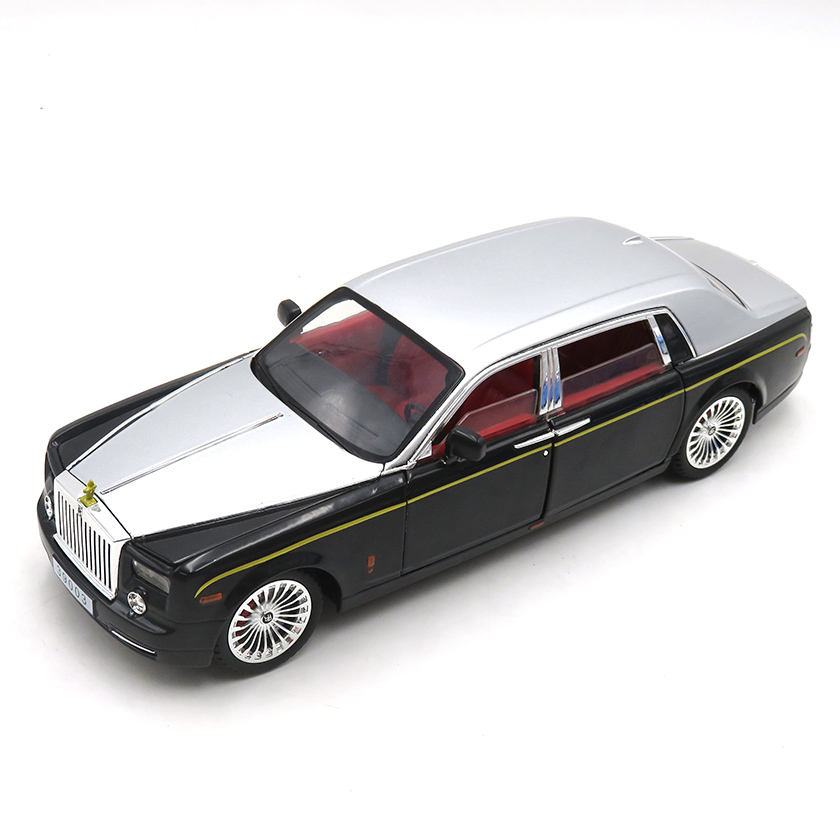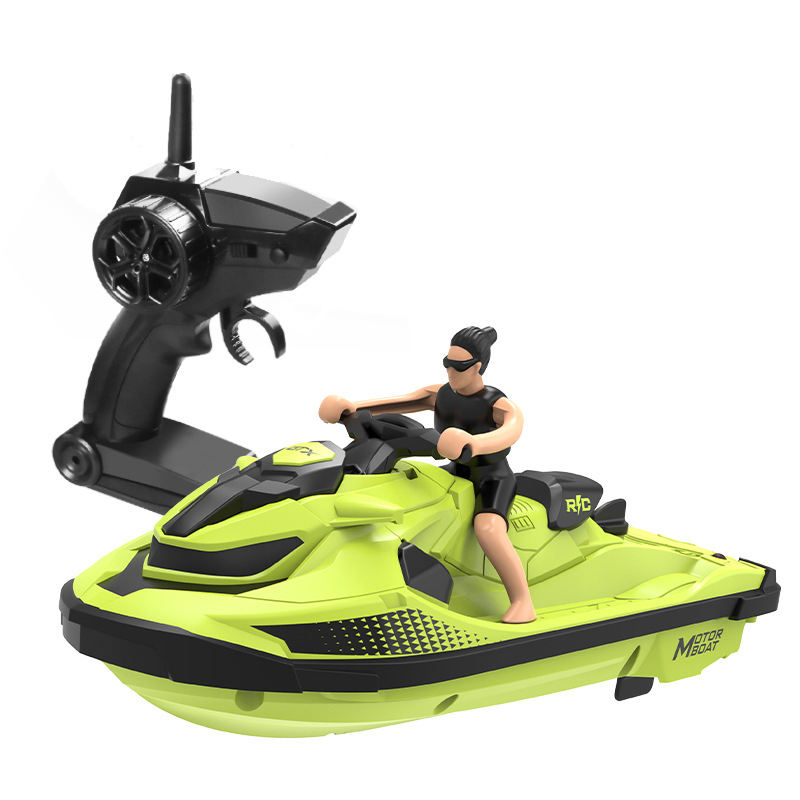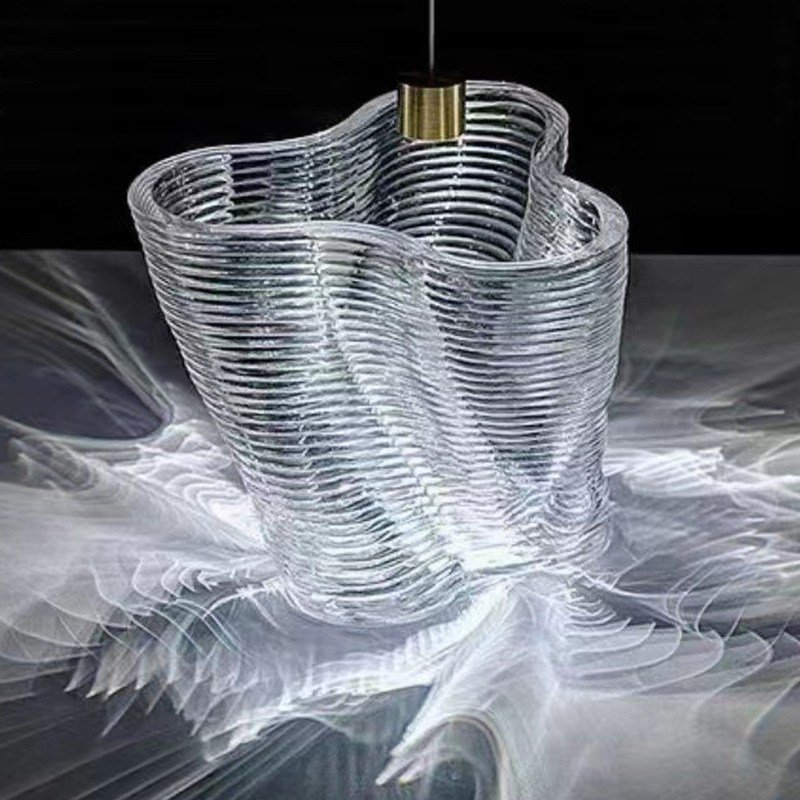0102030405
Custom 3D Printed Products -3D Printing Prototype Manufacturing
Product Detail
3D printing prototype, also known as rapid prototyping, is an advanced manufacturing technology based on digital models, which directly converts digital models into physical models by layering materials. This technology can quickly and accurately produce various complex physical models, including product parts, models, samples, and so on.
The manufacturing of 3D printed products mainly uses nylon, resin, red wax, stainless steel-316L, mold steel-MS1, aluminum alloy, titanium alloy and other materials. Products that can be manufactured include sporting goods, thin-walled pipes, snaps, hinges, hand models, architectural models, automotive manufacturing, precision instruments, medical and dental applications, lenses, figurines, jewelry exhibits, aerospace equipment, etc.
Features
1. Improve product quality
3D printing prototypes can accurately manufacture complex geometric shapes and internal structures, produce highly detailed product parts and models, provide more realistic appearance and functional testing, and help optimize product design and improve product performance.
2. Realize personalized customization
3D printing prototype can flexibly manufacture personalized customized products according to customer needs. Compared with traditional production methods, 3D printing prototypes can achieve small-scale production and even single-piece production, meeting consumers' demand for personalized and customized products.
3. Reduce manufacturing costs
Although the material cost of 3D printing prototypes is relatively high, it can save a lot of manufacturing costs due to the lack of complex mold manufacturing and parts assembly. In addition, 3D printing prototypes can also reduce waste and resource waste, which is environmentally friendly.
4. Support rapid iteration and small batch production
3D printing prototype technology can flexibly support rapid iteration and small batch production. At different stages of product development, different versions of product models can be created through 3D printing prototype manufacturing, and tested and verified. Once the product design is confirmed, small-scale production can be carried out through 3D printing prototypes to meet market demand.
Application
Design drawings can be supplied for mass production by our factory. The material can be selected, and the style and color of 3D Printed Products are not restricted. Any custom product you need, we can produce.

Parameters
| Material | Printing Technology | Products suitable for manufacturing | Material characteristics |
| nylon | SLS | Shell, sports equipment, complex prototype plastic parts | White to gray. Nylon has high temperature resistance, good toughness, and high strength. Compared to other materials, nylon has excellent characteristics such as high fluidity, low static electricity, low water absorption, moderate melting point, and high dimensional accuracy of products. Its fatigue resistance and toughness can also meet the needs of workpieces with high mechanical properties, making it an ideal material for 3D printing of engineering plastics. |
| High performance nylon | MJF | Impact resistant prototypes, fixtures, fixtures, thin-walled pipes, shells, buckles, clips, hinges | grey A material with strong ductility and flexibility, with high durability and impact resistance. |
| Imported photosensitive resin | SLA | Home appliance field, rapid manufacturing, prototype, electronic products, education and research, building models, art models, automotive manufacturing | White. Photosensitive resin materials are widely used due to their high smoothness and strong durability. The parts printed with this material can undergo post-processing processes such as polishing, polishing, painting, spraying, electroplating, and screen printing, and its performance is similar to that of engineering plastic ABS. High precision, delicate surface, suitable for both external appearance and structural, assembly, and functional verification. |
| Translucent photosensitive resin | SLA | Precision instruments, consumer electronics, medical and dental applications | Translucency. Translucent photosensitive resin is a rigid, hard, and translucent material that possesses the properties of engineering plastics. It has a smooth surface with strong expressive power for details, excellent waterproof and dimensional stability, and can manufacture precise, high-definition models and extremely small details. It also meets the ideal durability and stability in functional testing and rapid molding applications. |
| Transparent photosensitive resin | SLA | Lens, packaging, fluid analysis, RTV flipping, durable conceptual model, wind tunnel testing | Fully transparent. Transparent photosensitive resin material is a low viscosity liquid photosensitive resin that is tough, tough, and water resistant, with properties similar to engineering plastics. The parts printed with this material can be polished, polished, fumigated, and double-sided polished, making them closer to colorless. The product has high permeability, crystal clear color, high brightness, and low water absorption. |
| High temperature resistant photosensitive resin | SLA | Appearance, assembly, exhibition models under strong light irradiation conditions, faucets, pipelines, and household appliances | Yellowish. High temperature resistant photosensitive resin has excellent high temperature resistance performance, can present very precise small detail accuracy, and is stable in high humidity environments. Parts printed with this material can undergo post-processing processes such as polishing, polishing, painting, spraying, electroplating, and screen printing. |
| High toughness photosensitive resin | SLA | Appearance verification, structural verification, model handling, daily necessities | Yellow green. The physical properties of high toughness resins are relatively stable, close to those of long-term plastic use. They have good toughness, smoothness and delicacy, good expressiveness and high accuracy, waterproof and moisture-proof properties, strong impact resistance, high thermal deformation temperature, and a wide range of applications. The parts printed with this material can undergo post-processing processes such as polishing, painting, spraying, electroplating, and screen printing. |
| Red wax | DLP | Toys, anime, exquisite artworks, jewelry exhibits | Peach color. The physical properties of red wax material and ordinary photosensitive resin are similar, with high precision, fine printed model effects, and smooth surface texture. |
| Stainless steel -316L | SLM | Jewelry, functional components, small sculptures | Stainless steel is the cheapest metal printing material, with high tensile strength, temperature resistance, and corrosion resistance. The surface of high-strength stainless steel products printed in 3D is slightly rough and has pits. Stainless steel has various smooth and frosted surfaces. |
| Mold Steel-MS1 | SLM | Mold production, in the field of conformal waterway molds | It has the characteristics of high hardness, wear resistance, high hardenability, and high resistance to thermal fatigue. |
| Aluminum alloy ALSi10Mg | SLM | Spacecraft manufacturing, mechanical equipment, transportation fields | High mechanical performance and ductility, good strength to weight ratio. |
| Titanium alloy TC4 | SLM | 3D printing in the automotive, aerospace, and defense industries | Light weight, high strength, good toughness, and corrosion resistance. The minimum size that can be produced can reach 1mm, and the mechanical properties of its components are superior to forging technology. |

Post Processing
The surface of products printed by 3D printers often has subtle imperfections, especially when printing models quickly. For the higher-end full-color 3D printer, although the printing quality and the degree of restoration have been greatly improved, the appearance and color visual effects of the original model are not satisfactory with the current technology. Compared to optimizing and improving the quality of 3D printing, post-processing is more affordable, efficient, and reliable.

1. Removal of support
For most models, support is essential, but removing it will leave marks on the surface of the model. To solve this problem, on the one hand, proper optimization is needed during slicing, and removal also requires a bit of skill. Skilled use of suitable cutting pliers tools is necessary.
2. Grind and polish
Grinding is the most commonly used polishing method. Although 3D printing technology is getting better and the precision is high, the appearance of the 3D printed model may be somewhat rough and needs polishing.
3. Coloring
Common coloring methods include spray painting, brushing, and pen drawing.
Spraying and brushing are simple to operate. In addition to common paint spraying, there are also special spray pens and turtle pumps for hand models. Turtle pumps are suitable for applying primer, while spray pens are suitable for painting small models or fine parts of models. Pen painting is more suitable for handling complex details, and the paint used is divided into oil-based and water-based paints. Attention should be paid to selecting the appropriate model paint thinner. In addition to painting techniques, high-quality paints are also crucial to making models more vivid and enduring.
Why Choose Us
1. One-Stop service to save time.
2. Factories in share to save cost.
3. Keyence, ISO9001 and ISO13485 to ensure quality.
4. Professor Team and Strong Technique to ensure delivery.



